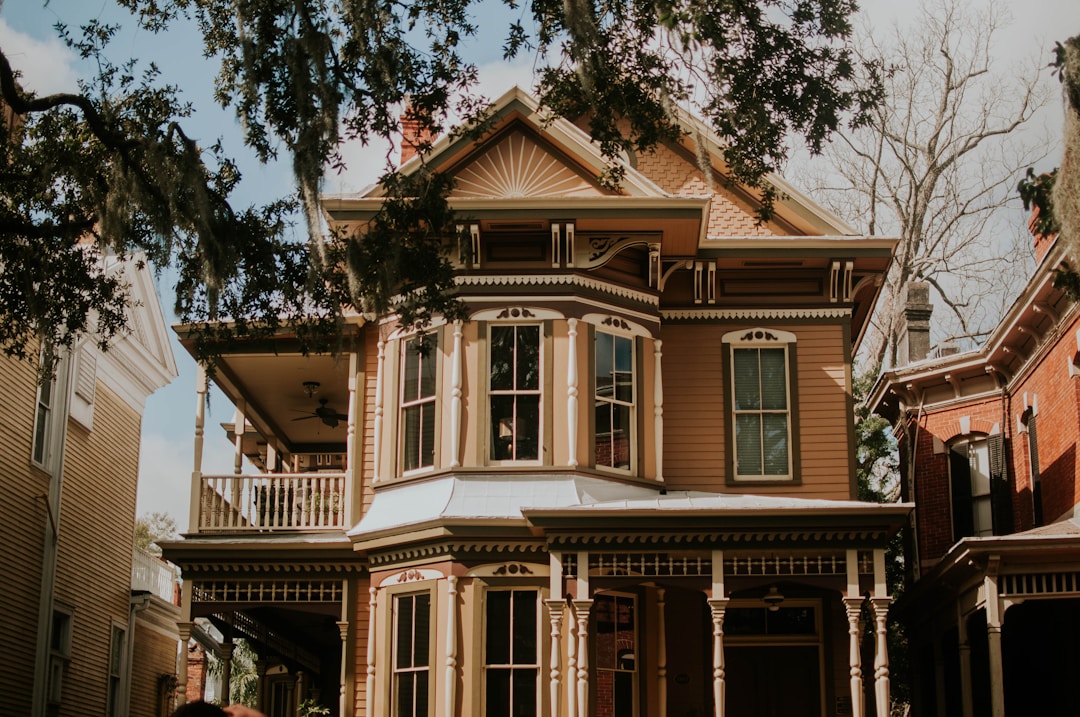Table of Contents
Understanding the Challenges: Moving into an Aging Home
Moving into an older home can be a lot like solving a mystery. On the surface, you see the charm and character of a bygone era, but under the pretty facade is a series of potential issues that could become costly repairs. Understanding what you’re getting into is key to managing expectations and planning accordingly. An aging homeowner can require significant physical effort to make habitable. From repair works to cleaning, you ought to prepare for tasks that a new house wouldn’t require. For this, consider what are box trucks used for; they can be helpful for hauling heavy items or materials. Much older homes might also offer unique challenges in terms of design. You may run into oddly placed doors or tiny kitchens, requiring creativity and an open mind to make your space work. You should also keep in mind that just because a challenge exists doesn’t mean it’s insurmountable. With proper planning and a touch of patience, these challenges can be converted into opportunities.Crucial Inspection: Identifying Key Areas for Renovation in Older Homes
Before diving into a renovation, you need to thoroughly inspect the property and identify areas needing improvement. This can help set your priorities straight and provide a realistic view of how long the renovation could take. Structural components are critical elements you have to check, as issues like leaking roofs or cracking walls can be expensive to repair. However, they are necessary for the home’s safety and longevity. Outdated electrical and plumbing systems are also potential concerns. However, with the help of professionals such as an Austin drain snake specialist, you can restore these systems to ensure your home remains functional and safe. Lastly, note that home renovation is not just about identifying problems and repairing them. It’s also about adding features that help modernize the space and make it more comfortable for you and your family.Practical and Economical Updates: A Focus on Energy Efficiency and Modern Amenities

Making Aesthetic Improvements: Restoring the Charm of Your Aging Home
One of the best parts about moving into an older home is its unique architectural character. Consider making aesthetic improvements that accentuate these charming features, rather than masking them. Preserving original architectural features, like hardwood floors, ornate moldings, and fireplaces, can help maintain the home’s original charm. Updating these features, while keeping their character intact, can enhance the overall aesthetic appeal. Paint can also significantly improve an aging home’s aesthetic. A fresh coat of paint can make a room look cleaner and brighter. Moreover, using appropriate colors can help accentuate the home’s character. Lastly, landscaping can greatly boost curb appeal. An older home with a beautiful yard can easily become a neighborhood gem. So, consider investing a decent amount of time and resources into creating a welcoming outdoor space.Strategic Planning: Balancing Time, Cost, and Comfort During Renovation


